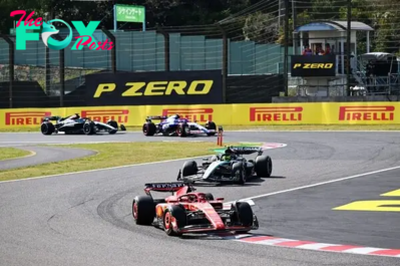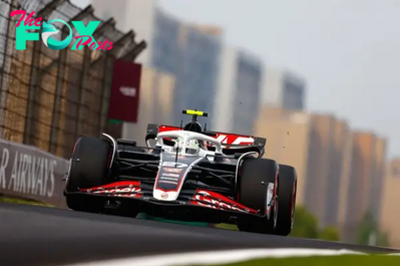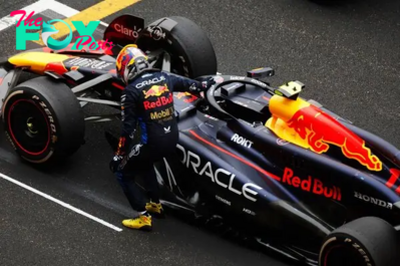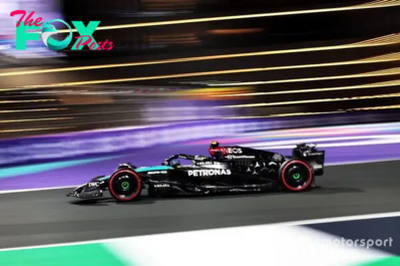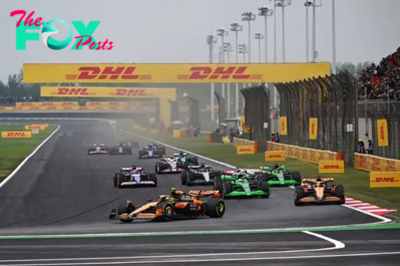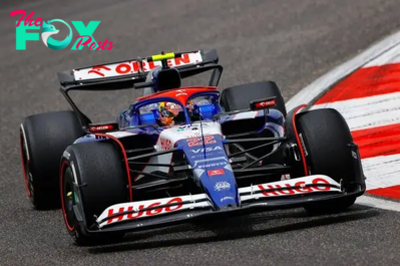F1 News
F1 publishes sustainability report amid 2030 net zero push
F1's Net Zero by 2030 campaign aims to cut 50% of absolute carbon emissions compared to its 2018 baseline, which encompasses the energy consumption at its facilities, F1's race events and all the travel and logistics in between.
It pledges to put a credible offset strategy in place for the rest of its emissions.
While the full suite of data on 2023 is not available yet, F1's latest impact report boasts a 13% cut between 2018 and 2022, while detailing the series' latest initiatives to help achieve that goal.
In last year's report, which did not include 2022, F1 claimed a reduction of 17%. The 2022 season featured one more race than in 2021.
Last year, the calendar was also comprised of 22 races, while 2024 features a record-breaking 24 grands prix.
In 2022, F1 claimed its travel and logistics footprint was 72% of its baseline footprint. It now claims the logistical aspect of hosting a 24-race calendar means that area is 49% of its footprint.
The series says it has several initiatives underway to mitigate the impact of its expansion.
Following the move to more efficient Boeing 777F freighter jets, its logistics partner DHL has switched to a new fleet of 18 trucks powered by drop-in biofuel to reduce emissions across the calendar's nine European races.
Restructuring the overseas calendar is also a key part of further streamlining logistics. And while still a work in progress, moving the Japanese Grand Prix to its new spring date is said to be one of the changes helping to optimise the flow of freight from Australia and China to subsequent rounds.
"The reason that's important is because the calendar reflects our current freight model, which is where the majority of emissions are due to air freight that travels point to point," said Ellen Jones, F1's Head of Energy, Sustainability and Governance.
"When you can reduce those distances, you can reduce your carbon footprint, in addition to the technological innovation that we can then support, such as biofuels and trucks, and sustainable aviation fuel in the future."
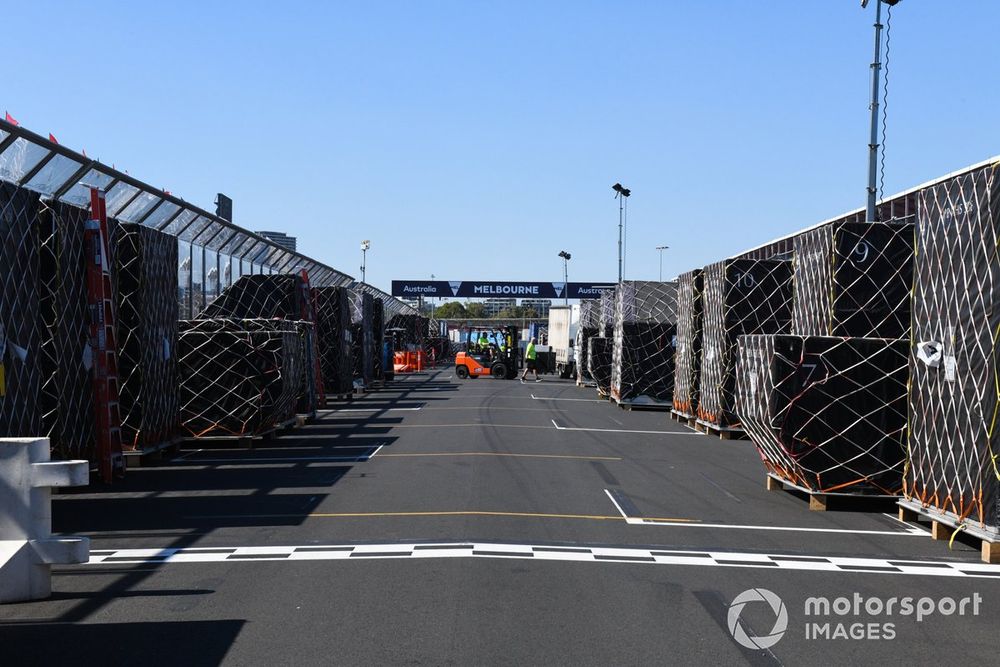
Boxes and crates of freight on the pit straight
Photo by: John Toscano / Motorsport Images
F1 has further come up with ways to reduce the amount of freight and personnel required at events, instead increasing its remote capabilities.
"The transition to renewable energy both at home and away is really critical for us and is really driven the first 13% in terms of our reductions," said Jones.
"Within the 2022 stats, that's driven a 56% decrease in emissions across factories and facilities. To be accounted in 2023 and beyond, you can also start to see how we're transitioning to renewable energy outside of the UK."
Last year, F1 trialled renewable power generators running on biofuel and solar energy at the Austrian Grand Prix, which it says reduced paddock emissions by 90%. Those findings will be used to power more races in a similar fashion in the future.
It comes amid a push to encourage promoters to make their events more sustainable. Jones says over 75% of race promoters are now incorporating renewable energy at their events, with the remainder expected to jump on board as F1 renews its deal with them.
"The first thing that we did when I started here about two years ago is to update contracts, you need to say what are our expectations to host a Formula 1 event," Jones explained.
"We've had a fantastic response to how we work with our promoters. Not just with energy at event, but a number of critical areas for us, such as local fan travel, all the way through to local community.
"There are minimum delivery clauses that we have in place with our promoters. We have an annual sustainability plan and give feedback on how they're delivering against those areas.

Cycling at Circuit Zandvoort
Photo by: Tim Biesbrouck / Motorsport.com
"And as we hit the next stage of our sustainability strategy, those minimum standards and contracts post-2025 are getting higher again."
F1 is switching to power units running on sustainable fuels from 2026, although the emissions from its 20-car grid itself account for less than one per cent of its total footprint. The move is therefore mainly seen as a way to influence the industry to adopt carbon-neutral fuel elsewhere.
As for F1 itself, Jones was confident it is on track to reach its 50% reduction goal by 2030 once the effect of its most recent suite of initiatives can be measured, although she cautioned F1's gains won't be linear.
"We definitely are on track to hitting that target goal and the key parts of that are the outcomes of the trials and the work that you can read about in the 2023 report," she added.
"It is the continued uptake of alternative fuels across all parts of our operations, from the car, to the air, to the generators on site.
"It is also that shared impact of bringing others on the journey with us. It's one thing to have all 10 teams having a different solution when they're in the paddock. There are much bigger savings when you have a centralised solution that people can work towards together.
"And then the third piece of that, which probably has the longest lead time, is what do next-generation operations look like?
"One and two are things that you will start to see this year, and you will see them accelerate. Next-generation operations will have a longer tail because there's so much that goes into that technology."
The report also details progress made on diversity, supporting scholarships for students underrepresented groups in STEM subjects. It has also seen an uptake in female participation at a grassroots level through F1 Academy's Discover Your Driver karting programme in the UK.
-

 F1 News1d ago
F1 News1d agoNorris: F1 might never have a driver with Alonso's longevity again
-
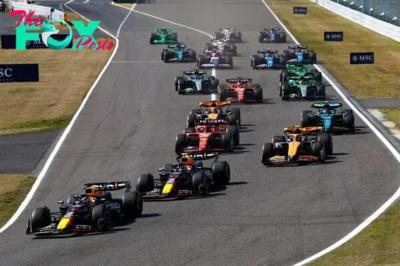
 F1 News1d ago
F1 News1d agoThe changes that resulted from F1’s evolution into a truly global player
-
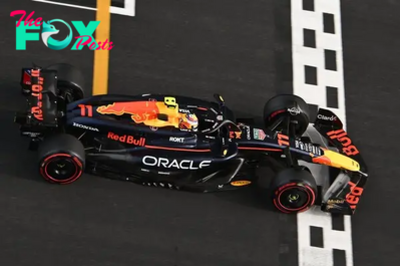
 F1 News1d ago
F1 News1d agoRed Bull being as "ballsy" with F1 engine as it is with title-winning cars
-

 F1 News2d ago
F1 News2d agoHow studying Tost, Whiting and Binotto shaped F1's latest team boss
-
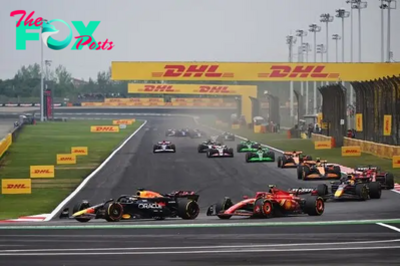
 F1 News2d ago
F1 News2d agoF1 chief Domenicali eyes more sprint weekends
-

 F1 News2d ago
F1 News2d ago12 years late: How Hulkenberg is finally getting his shot at a ‘big’ F1 team
-

 F1 News3d ago
F1 News3d agoHow a sportscar friendship prevailed over F1 rivalry
-

 F1 News3d ago
F1 News3d agoAndretti Cadillac to hire 60 UK staff as F1 push continues
